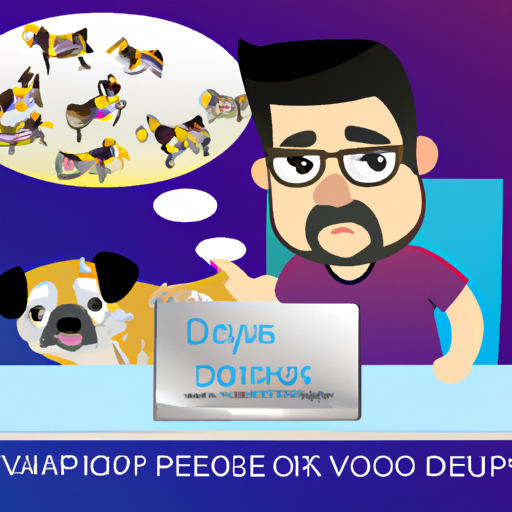As a caregiver, your pet’s health is your top priority. In your quest to keep your beloved canine friends healthy, you might have encountered the term “Parvo,” a highly contagious virus that affects dogs, particularly puppies. Understanding how dogs contract Parvo can significantly help you in preventing this deadly disease. In this article, we will delve into the details of how dogs get Parvo, its symptoms, treatment, and prevention methods.
Table of Contents
- Understanding Parvo
- How Dogs Get Parvo
- Symptoms of Parvo
- Treatment for Parvo
- Preventing Parvo
- Frequently Asked Questions
Key Takeaways
- Parvo is a highly contagious virus that affects dogs.
- It is spread through direct contact with an infected dog or indirect contact with a contaminated environment.
- Parvo is preventable through vaccination and good hygiene practices.
Understanding Parvo
Canine Parvovirus (Parvo) is a highly infectious disease that targets a dog’s intestines, causing severe diarrhea, vomiting, and loss of appetite. It is particularly dangerous to puppies that are not fully vaccinated. The virus is sturdy and can survive in the environment for months, posing a significant risk for dogs that come into contact with it. For more insights on the virus, visit American Veterinary Medical Association’s page on Parvo.
How Dogs Get Parvo
Dogs get Parvo mainly through direct contact with an infected dog or indirect contact with a contaminated environment. The virus is present in the feces of infected dogs and can easily be transmitted to other dogs through sniffing or licking. It can also survive in the environment for a long time, making contaminated objects, like bowls, toys, clothes, or even the hands of people handling infected dogs, potential sources of infection. More detailed discussion on how dogs get Parvo can be found at One Top Dog’s guide on Dog Diseases.
Symptoms of Parvo
The most common symptoms of Parvo include:
- Severe diarrhea (often bloody)
- Vomiting
- Loss of appetite
- Lethargy
- Dehydration
These symptoms can lead to life-threatening dehydration and should warrant immediate veterinary attention.
Treatment for Parvo
Treatment for Parvo primarily involves supportive care to help your dog overcome the disease. This includes fluid therapy to combat dehydration and medication to control vomiting and diarrhea. Prompt treatment is essential, as Parvo can be fatal if left untreated. For a more in-depth look at Parvo treatment, you might find One Top Dog’s blog on Parvo recovery helpful.
Preventing Parvo
Preventing Parvo is possible with the right measures. These include:
- Vaccination: The Parvo vaccine is highly effective and is typically included in the routine vaccines given to puppies.
- Hygiene: Regular cleaning and disinfecting of your dog’s environment can help kill the virus.
- Isolation: Keep your puppies away from unvaccinated dogs until they have received their full set of vaccines.
For more tips on preventing Parvo, check out One Top Dog’s article on Dog Health.
Frequently Asked Questions
1. Can adult dogs get Parvo?
Yes, adult dogs can get Parvo, especially if they are not vaccinated. However, the disease is more common and severe in puppies.
2. How long does Parvo last in the environment?
Parvo can survive in the environment for months. It is resistant to many common disinfectants, making it difficult to eliminate.
3. Can humans get Parvo from dogs?
No, humans cannot get Parvo from dogs. The canine Parvovirus is specific to dogs and does not infect humans.
As a caregiver, your knowledge and vigilance can save your dog from Parvo. Remember to maintain good hygiene practices, keep up with your dog’s vaccinations, and always consult a vet if you notice any signs of illness. Together, we can keep our furry friends healthy and happy.



